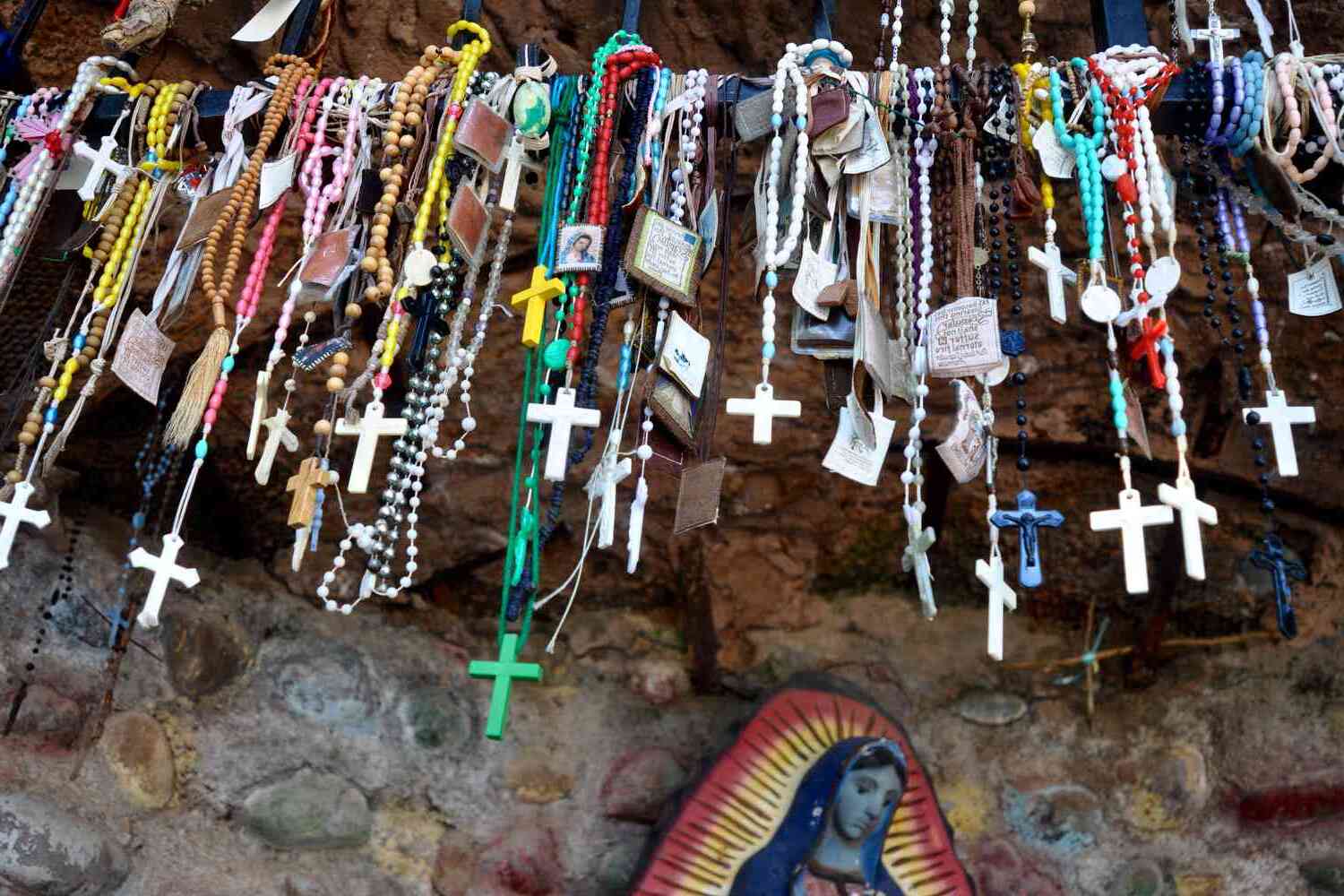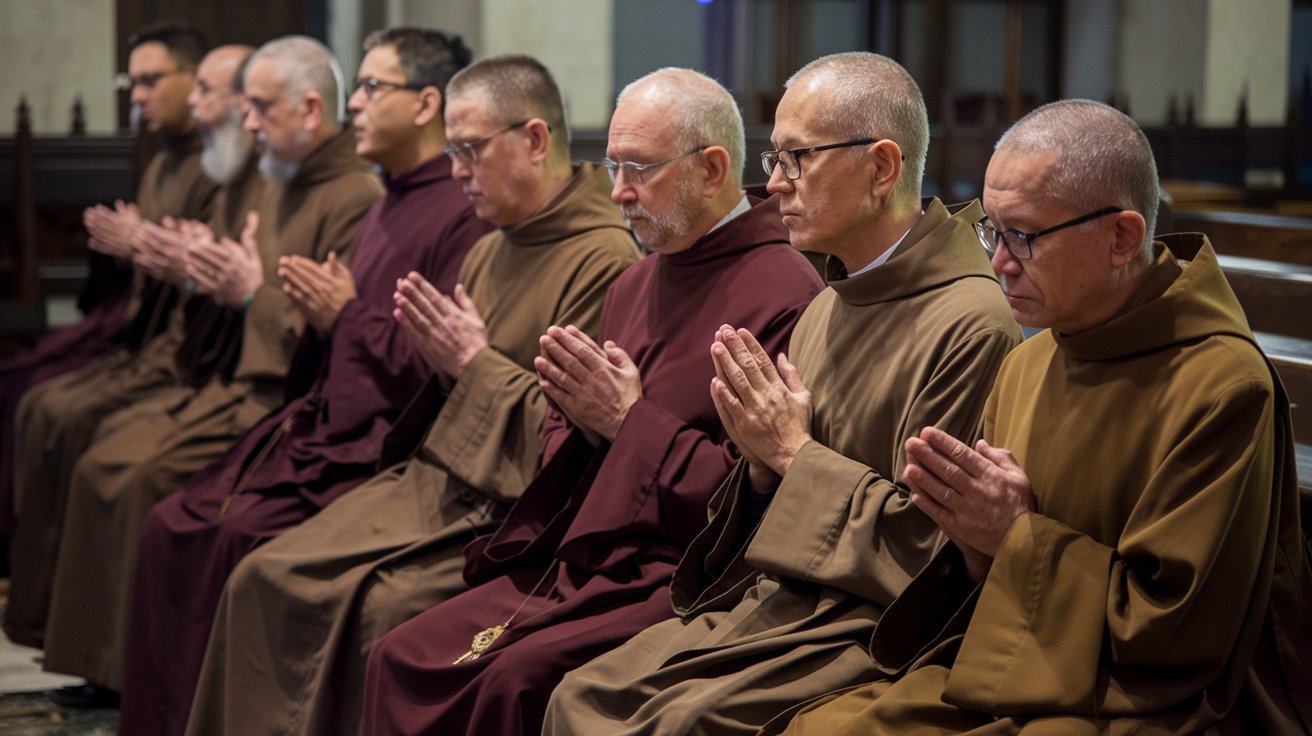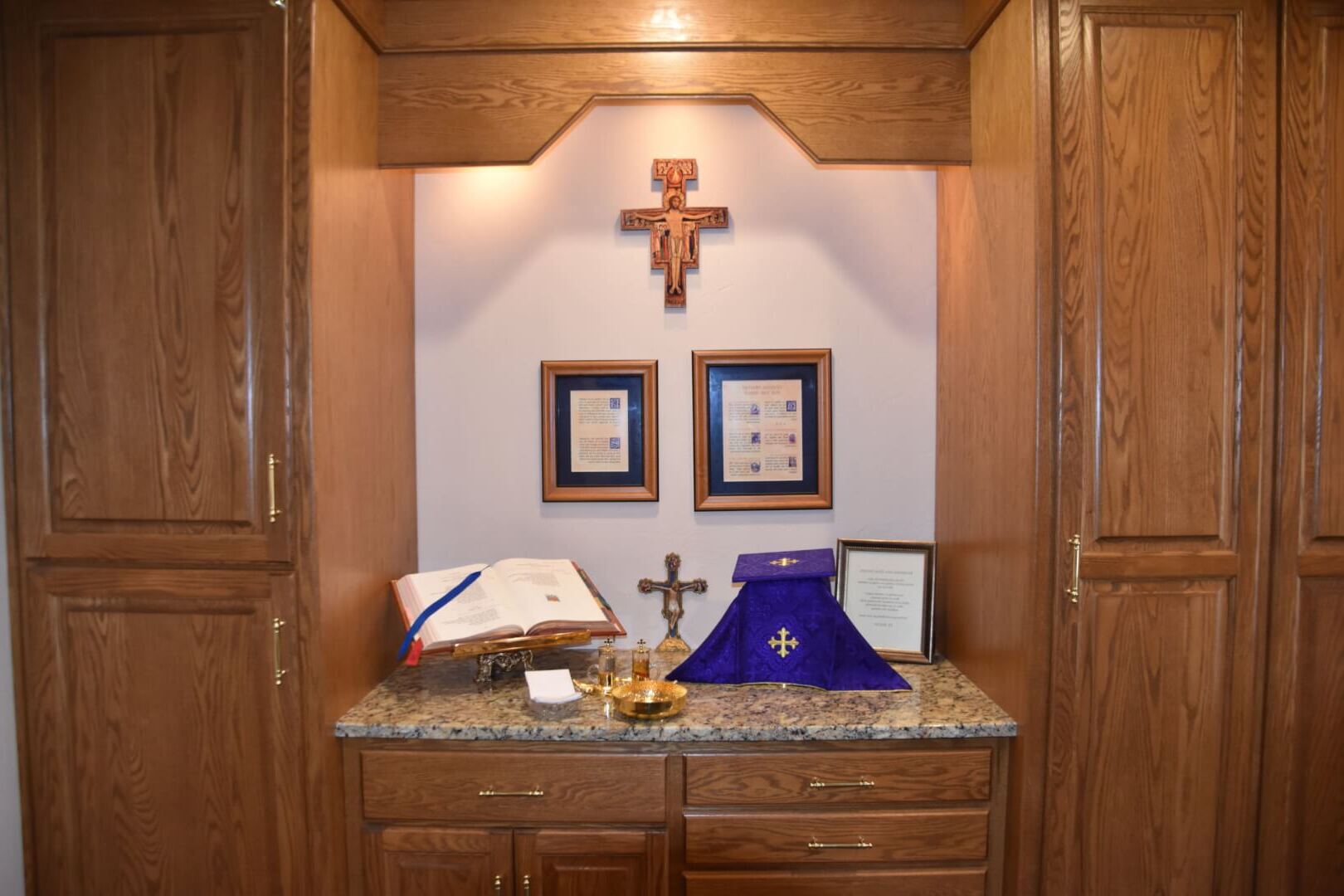
Sacramentals are sacred objects, actions, and practices that play a significant role in the Catholic Church's liturgy. They are not sacraments but are used to foster devotion and reverence. These items and rituals help Catholics grow closer to God and express their faith in tangible ways. From holy water to rosaries, sacramentals enrich spiritual life and provide comfort and protection. They are deeply rooted in tradition and have evolved over time to meet the needs of the faithful. Understanding sacramentals can deepen one's appreciation for the rich tapestry of Catholic worship and devotion. Let's explore 25 key facts about these sacred signs.
What Are Sacramentals?
Sacramentals are sacred objects, actions, and practices in the Catholic Church. They are not sacraments but help foster devotion and reverence. Let's dive into some fascinating facts about these spiritual aids.
-
Definition of Sacramentals
Sacramentals are defined as "sacred signs which the Church uses in various circumstances to consecrate persons or objects to some particular purpose while appropriately expressing the communion with God and with others" (CCC 1670). -
Purpose of Sacramentals
Their primary purpose is to help the faithful grow in their relationship with God and express devotion. They consecrate persons or objects to a specific purpose, like blessing a home or consecrating a church.
Types of Sacramentals
There are various types of sacramentals, each with its unique significance and use.
-
Blessings
These are prayers and rituals used to consecrate objects or people to a particular purpose. -
Indulgences
Indulgences are partial or full remission of the temporal punishment due to sin. -
Sacred Images
These images of Christ, the Virgin Mary, saints, and other holy figures are used for veneration. -
Rosaries
Prayer beads used for reciting the Rosary, a powerful tool for personal devotion and communal prayer. -
Candles
Used in liturgical celebrations and personal devotion, symbolizing light and the presence of God. -
Holy Water
Water blessed by a priest, used for purification and protection.
Sacramentals in Liturgical Celebrations
Sacramentals play a significant role in liturgical celebrations, adding to the solemnity and reverence.
-
Consecration of Objects
During Mass, the altar, priest's vestments, and sacred vessels are consecrated through various rituals and prayers. -
Use of Incense
Incense symbolizes prayer rising to God and adds to the solemnity of the celebration. -
Sacred Music
Enhances liturgical celebrations and expresses devotion. The Church has a rich tradition of sacred music, including Gregorian chant and polyphony.
Sacred Images and Veneration
Sacred images are an important part of Catholic devotion, serving as representations of holy figures.
- Veneration of Sacred Images
Veneration is a way to honor the person depicted, not the image itself. The Second Vatican Council clarified that "the honor paid to the image passes to the person represented" (Lumen Gentium, 25).
The Rosary and Its Importance
The Rosary is a powerful sacramental used for personal devotion and communal prayer.
-
Structure of the Rosary
It consists of a set of beads used to recite prayers associated with the mysteries of the life of Christ and the Virgin Mary. -
Purpose of the Rosary
Often prayed for its own sake but also as preparation for other prayers and devotions.
Holy Water and Its Uses
Holy water is a versatile sacramental used for various purposes.
- Purification and Protection
Catholics often use holy water to bless themselves before Mass or when entering a church. It is also used in baptism and other sacraments.
Candles and Their Significance
Candles are used extensively in liturgical celebrations and personal devotion.
- Symbolism of Candles
They symbolize light and the presence of God. In the Catholic Church, candles are often blessed and used during Mass, vigils, and other devotional practices.
Blessings of Objects
Sacramentals include the blessing of various objects such as homes, cars, and even animals.
-
Blessing of Homes
A priest blesses a home to protect its occupants and bring peace and harmony to the family. -
Blessing of Animals
Often performed on St. Francis' Day (October 4th), this blessing is meant to protect animals from harm and bring them closer to God.
Indulgences and Their Purpose
Indulgences are partial or full remission of the temporal punishment due to sin.
- Gaining Indulgences
They can be gained through various means, including praying certain prayers, performing acts of charity, or participating in specific devotions.
Sacred Music and Its Role
Sacred music is another important sacramental in the Catholic Church.
- Enhancing Liturgical Celebrations
It is used to enhance liturgical celebrations and express devotion. The Church has a rich tradition of sacred music, including Gregorian chant and polyphony.
Liturgical Colors
Liturgical colors signify different seasons and feasts in the liturgical calendar.
- Significance of Colors
These colors include white, gold, red, green, purple, and black. Each color has its own significance and is used to create a specific atmosphere during liturgical celebrations.
Altar Candles
Altar candles are an essential part of liturgical celebrations.
- Symbolism of Altar Candles
They symbolize the light of Christ and create a solemn atmosphere during Mass. The number and arrangement of altar candles can vary depending on the occasion and the specific liturgical rite being followed.
Holy Oils
Holy oils are used in various sacraments and rituals within the Catholic Church.
- Uses of Holy Oils
These oils are blessed by a bishop and are used for anointing the sick, baptizing infants, and consecrating churches.
Baptismal Fonts
Baptismal fonts are used in baptism ceremonies to symbolize the washing away of sins.
- Decoration of Baptismal Fonts
They are often decorated with sacred images or other ornaments to signify their importance in the sacrament of baptism.
Evolution of Sacramentals Over Time
The use of sacramentals has evolved over time, reflecting changing cultural and liturgical norms.
- Adaptation of Practices
While some practices have remained constant, others have been adapted to reflect changing cultural and liturgical norms. The Second Vatican Council emphasized the importance of adapting liturgical practices to the needs of the faithful while maintaining their essential elements.
The Role of Sacramentals in Catholic Life
Sacramentals are more than just objects or rituals; they’re a bridge to deeper faith. They help Catholics connect with God through everyday actions and items. From holy water to rosaries, these sacred signs enrich spiritual lives and bring a sense of the divine into daily routines. Blessings, sacred images, and candles add layers of meaning to both personal devotion and communal worship. They remind the faithful of their spiritual commitments and the presence of God in all aspects of life. Understanding and using sacramentals can deepen one’s relationship with the divine, making faith a tangible part of everyday experiences. So, whether it’s through the veneration of sacred images or the use of holy water, sacramentals play a vital role in nurturing and expressing Catholic faith.
Was this page helpful?
Our commitment to delivering trustworthy and engaging content is at the heart of what we do. Each fact on our site is contributed by real users like you, bringing a wealth of diverse insights and information. To ensure the highest standards of accuracy and reliability, our dedicated editors meticulously review each submission. This process guarantees that the facts we share are not only fascinating but also credible. Trust in our commitment to quality and authenticity as you explore and learn with us.


